Tiny but Threatened: The World’s Smallest Endangered Creatures
When this is my article about’ ” Tiny but Threatened: The World’s Smallest Endangered Creatures” we think of endangered animals, we think of large, charismatic species – tigers stalking jungles, elephants trudging across savannas, or whales gliding through oceans. However, not all endangered species are large. In fact, some of the most endangered species on the plnet are so small they would fit in the palm of your hand or even on your fingertip. And while people may often overlook our tiny animal friends, they play just as important a role in their ecosystems as their larger animal friends.
According to the International Union for Conservation of Nature (IUCN), tiny animals face many of the same threats as larger animals – habitat destruction, climate change, pollution, invasive species, and poaching and illegal trade – but face these poblems with fewer resources and much less awareness, therefore with less attention on surviving. Therefore, we dedicate this article to exploring the world of Earth’s smallest endangered animals, and understanding why we should care about their conservation and what we can do to help.
1. The Etruscan Shrew: Lightest Mammal on Earth

At approximately 1.8 grams, the Etruscan shrew (Suncus etruscus) is the world’s smallest mammal by weight. Indigenous to southern Europe, North Africa, and areas in Asia, this fast-moving, high metabolism insectivore routinely needs to eat to sty alive.
This species does not currently qualify as critically endangered, but because of habitat fragmentation and the use of pesticide in some regions, certain local populations are declining. The reliance on undisturbed ground cover and a reliance on insects make it especially vulnerable to agricultural expansion and pollution.
2. Paedophryne amauensis: The World’s Smallest Vertebrate
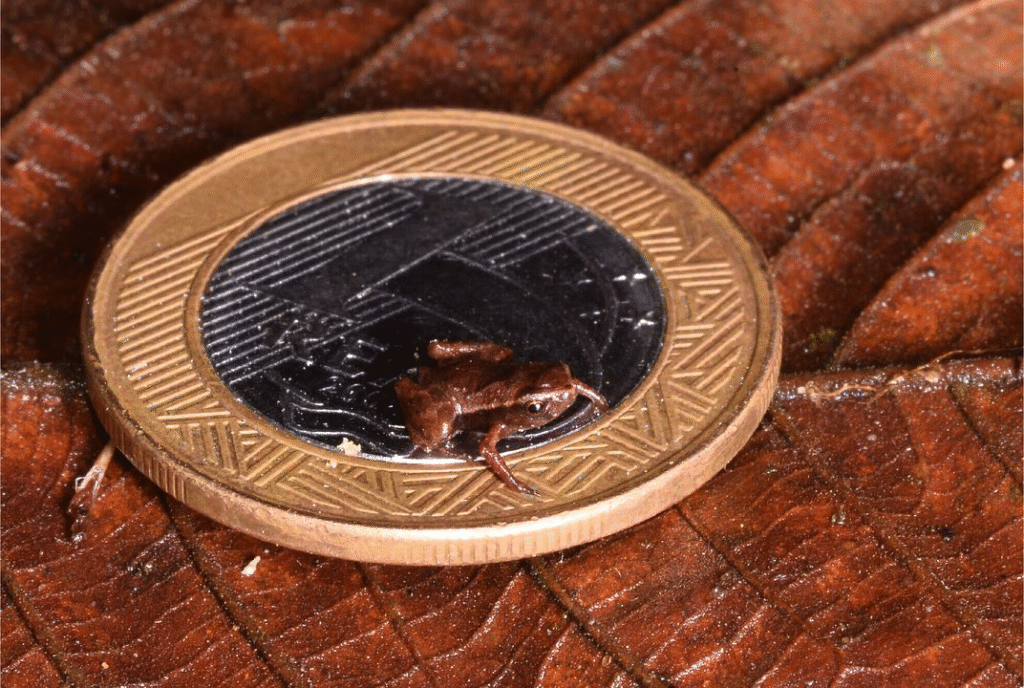
Discovered in Papua New Guinea in 2009, Paedophryne amauensis is so small that it could easily perch on a dime. At 7.7 mm it is the smallest vrtebrate known to science in the world.
Its microhabitat, leaf litter on the forest floor, is constantly being destroyed. Although the amphibian is not endangered, its extremely small range and host of environmental threats, all making amphibians vulnerable, are definite contributions to its susceptibility to future environmental changes.
3. Pygmy Marmoset: The Mini Monkey in Danger

Informally referred to as the “finger monkey,” the pygmy marmoset (Cebuella pygmaea) is the smallest monkey species, typically weighing under 120 grams and measuring less than 15 cm long. Hailing from the Amazon rainforest, this tiny primate has drawn the attention of the exotic pet trade because of its size and cuteness.
Although the pygmy marmoset is considered vulnerable rather than critically endangered at this time, its population is decreasing because of deforestation, habitat fragmentation and illegal trafficking. Even small changes in the group dynamics of a small social group can put the species at risk; the removal of even a few members from a family group can destabilize the social organization of entire family unit or even group.
4. Royal Antelope: Africa’s Smallest Hoofed Animal
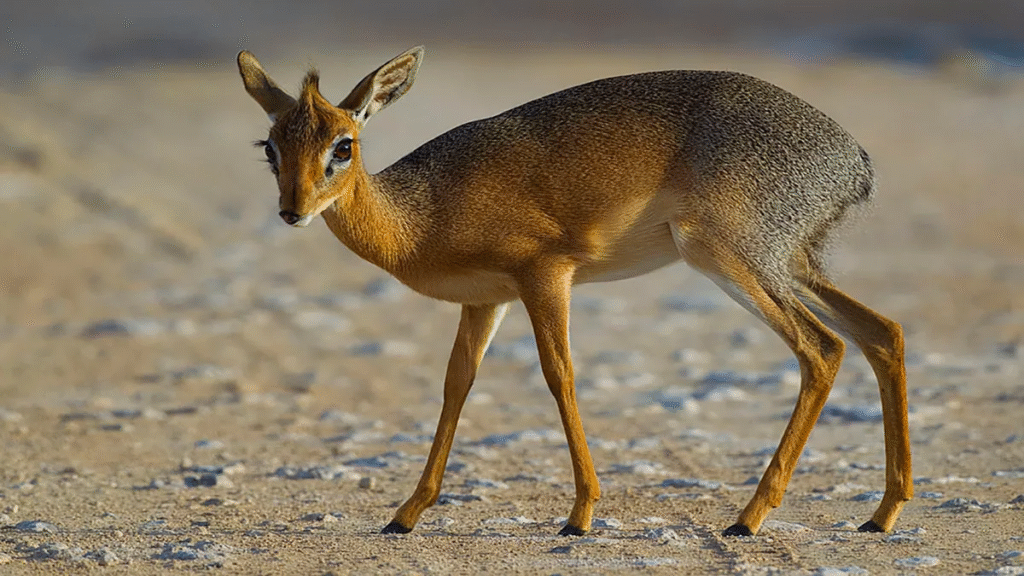
The royal antelope (Neotragus pygmaeus) of West Africa holds the title of the smallest antelope species on the planet, reaching only 25 cm at the shoulder, and weighing 2.5 kg. The species occurs in dense tropical forest and is largely nocturnal, which poses challenges for studying the species.
Despite being elusive, there are growing concerns regarding this species’ conservation status evidenced by ongoing deforestation and hunting. As forest habitats are reduced, the small herbivore has fewer opportunities for avoiding predators and is impacted by human encroachment.
5. Bumblebee Bat: Tiny Wings in Trouble
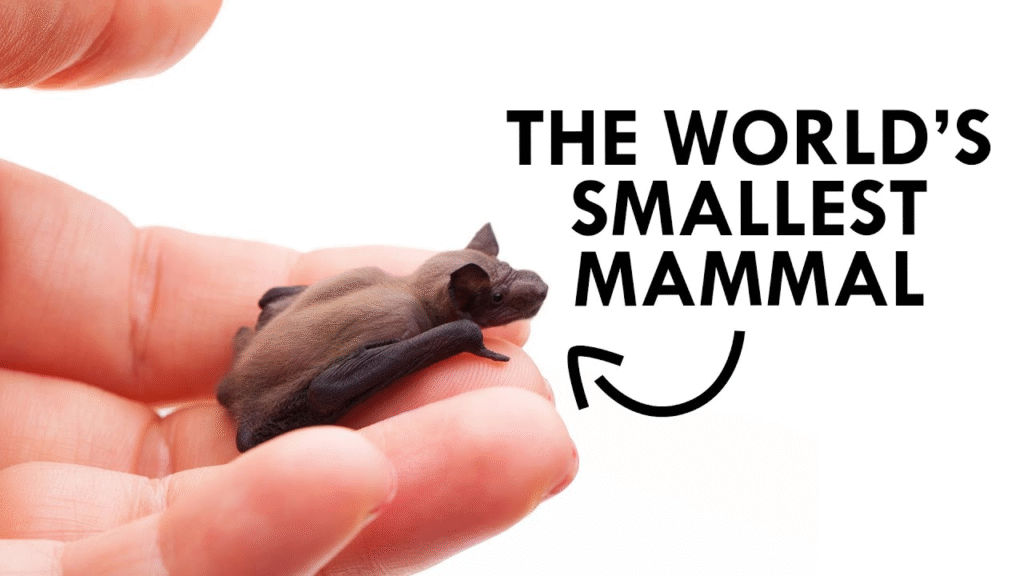
The bumblebee bat (Craseonycteris thonglongyai), or Kitti’s hog-nosed bat, is the smallest bat and one of the smallest mammals, measuring 30 mm and weighing 2 grams.
This bat is native to limestone caves in Thailand and Myanmar, where the small populations of endangered and threatened bats are especially vulnerable to cave tourism, mining, and disturbing their habitat. It is particularly vulnerable to minor changes in the environment because of its tiny size and covert stance.
6. Speckled Padloper Tortoise: The Little Survivor

This is the world’s smallest tortoise, native to South Africa. The speckled padloper tortoise (Homopus signatus) is only around 6–8 cm long and weighs under 100 g. It has special adaptations that allow it to thrive in arid habitats and on rocky outcrops.
Sadly, this tiny reptile is often exploited for the illegal pet trade and its natural habitat is being increasingly fragmented by humans. Conservationists have warned that without an increase in legal protection and habitat preservation, this species will become extinct.
7. Vaquita: A Marine Miniature on the Brink
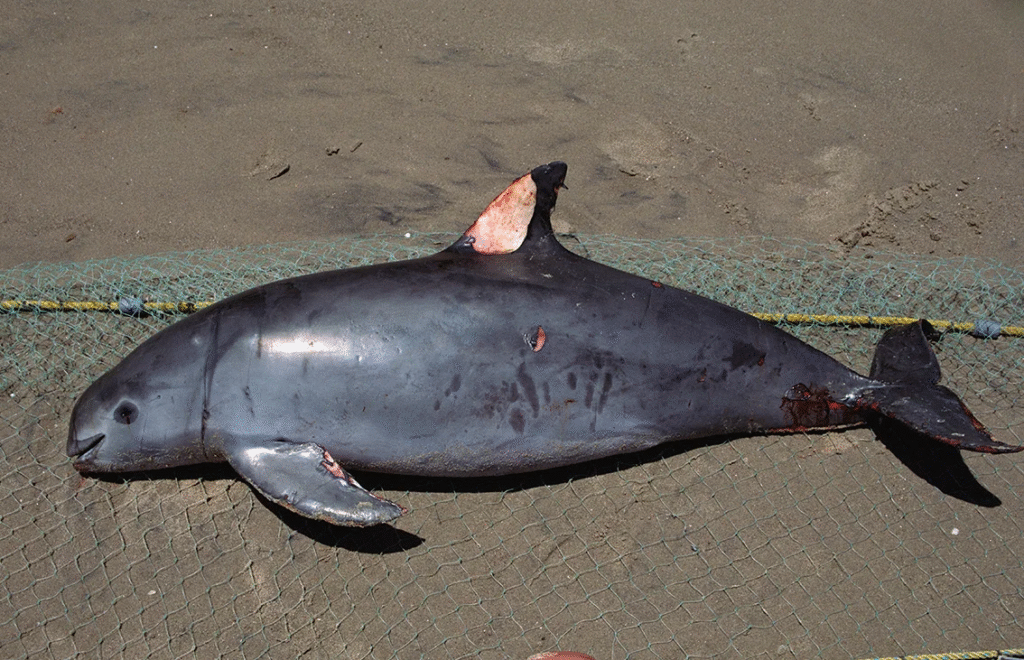
Measuring up to 1.5 meters in length, the vaquita (Phocoena sinus) is the smallest and most endangered marine mammal in the world. Found only in the northern end of the Gulf of California, there are thought to be fewer than 10 individuals remaining.
Vaquitas become bycatch in illegal gillnets that are used to catch totoaba fish, whose swim bladders are illegally trafficked. Conservation efforts have not been able to stop the decline, and the species is teetering on the brink of extinction.
8. Northern Pygmy Owl: Small but Fierce

At only 16-18 cm long, the northern pygmy owl (Glaucidium californicum) ranks among the smallest owls in North America. Though small, it’s an impressive hunter and manages to hunt birds and other small mammals.
While not considered critically endangered, some populations may be in peril due to logging and absence of nesting sites. The northern pygmy owl prefers mature forests and urbanization and logging could significantly reduce its habitat.
9. Cuban Bee Hummingbird: The Smallest Bird on Earth

The bee hummingbird (Mellisuga helenae) is the smallest bird in the world (5-6 cm long and weighing just under 2 grams) and is only found in Cuba. Despite its size, it is an extraordinary flier, resembling a bumblebee with wings flapping as much as 80 beats per second.
The bee hummingbird is being endangered by habitat loss due to agriculture and tourism development through the destruction of its specialized nesting habitat. The bee hummingbird is an important pollinator and impacts the health of its ecosystem.
10. Ant-Man of the Ant World: Carebara atoma
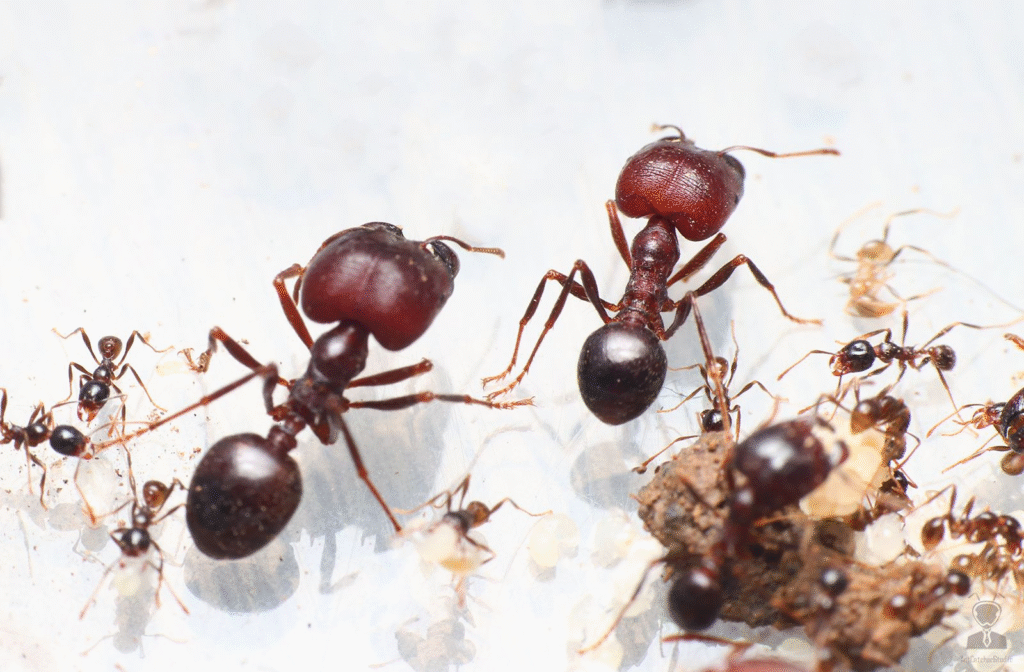
Carebara atoma is one of the smallest known ants, at less than 1 mm in size. Carebara atoma can be found in underserved Sri Lanka and some areas of Asia and is vital in soil aeration and nutrient cycling.
It is not formally listed as being endangered, but its habitat (usually leaf litter or detritus on the forest floor) is slowly being lost due to deforestation, pesticide use and urbanization. The loss of small organisms like ants, while often not recognized, can have large consequences that ripple through the ecosystem.
Why Size Doesn’t Equal Safety
Small creatures may be harder to spot, but that doesn’t mean they’re safe. In many cases, their size actually makes them more vulnerable:
- Limited range: Many tiny species exist only in specific microhabitats, which are easily disturbed.
- Specialized diets or behaviors: These can be disrupted by even minor changes in the ecosystem.
- Overlooked in conservation: Small animals often don’t receive as much funding or public attention as larger, more “charismatic” species.
- Susceptibility to pollutants: Tiny bodies are more affected by chemical changes in their environments.
These organisms, no matter their size, play an important role in contributing to ecosystem balance. Many animals are pollinators, pest controllers, or decomposers. Losing them can have more extensive ecosystem damage that can affect even the largest animals, like us.
Steps Toward Conservation
Protecting tiny endangered creatures requires targeted efforts. Here are a few key strategies:
- Habitat Protection: Conserving forests, wetlands, and caves is essential to preserving microhabitats.
- Research and Monitoring: Many small species are understudied. Better data leads to better conservation planning.
- Legislation and Regulation: Stronger laws are needed to stop illegal pet trade and habitat destruction.
- Public Awareness: Education and storytelling can bring attention to species that are often overlooked.
- Support Local Communities: Involving people who live near endangered habitats ensures long-term protection.
Conclusion
The tiniest of the small animals are frequently the first to be lost, quietly disappearing away from our line of sight. But these tiny animals provide essential roles that support both the health and stability of ecosystems. Whether it is a beetle tunneling through soil, a hummingbird pollinating plants, or a shrew eating insects, small animals serve as big players in ecological systems.
As we remember to take note of these small but amazing animals—and to appreciate these small wonders—we can be sure that “small” does not stand for forgotten. Conservation is not simply about conserving the big animals; it is about the protection of the full range of life on Earth, no matter how large or small.







